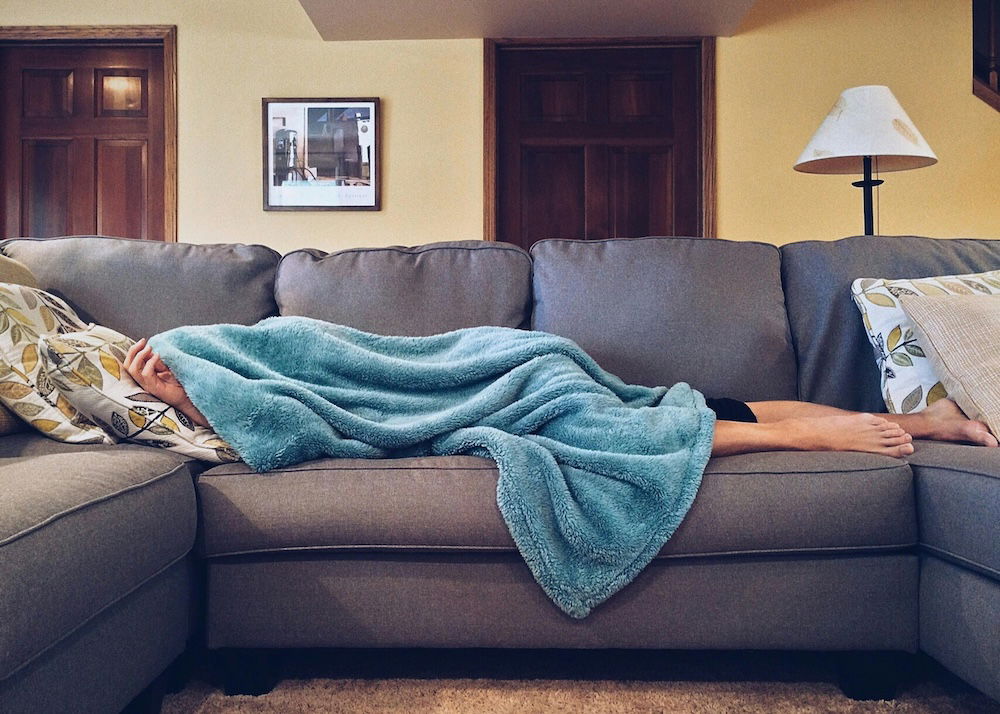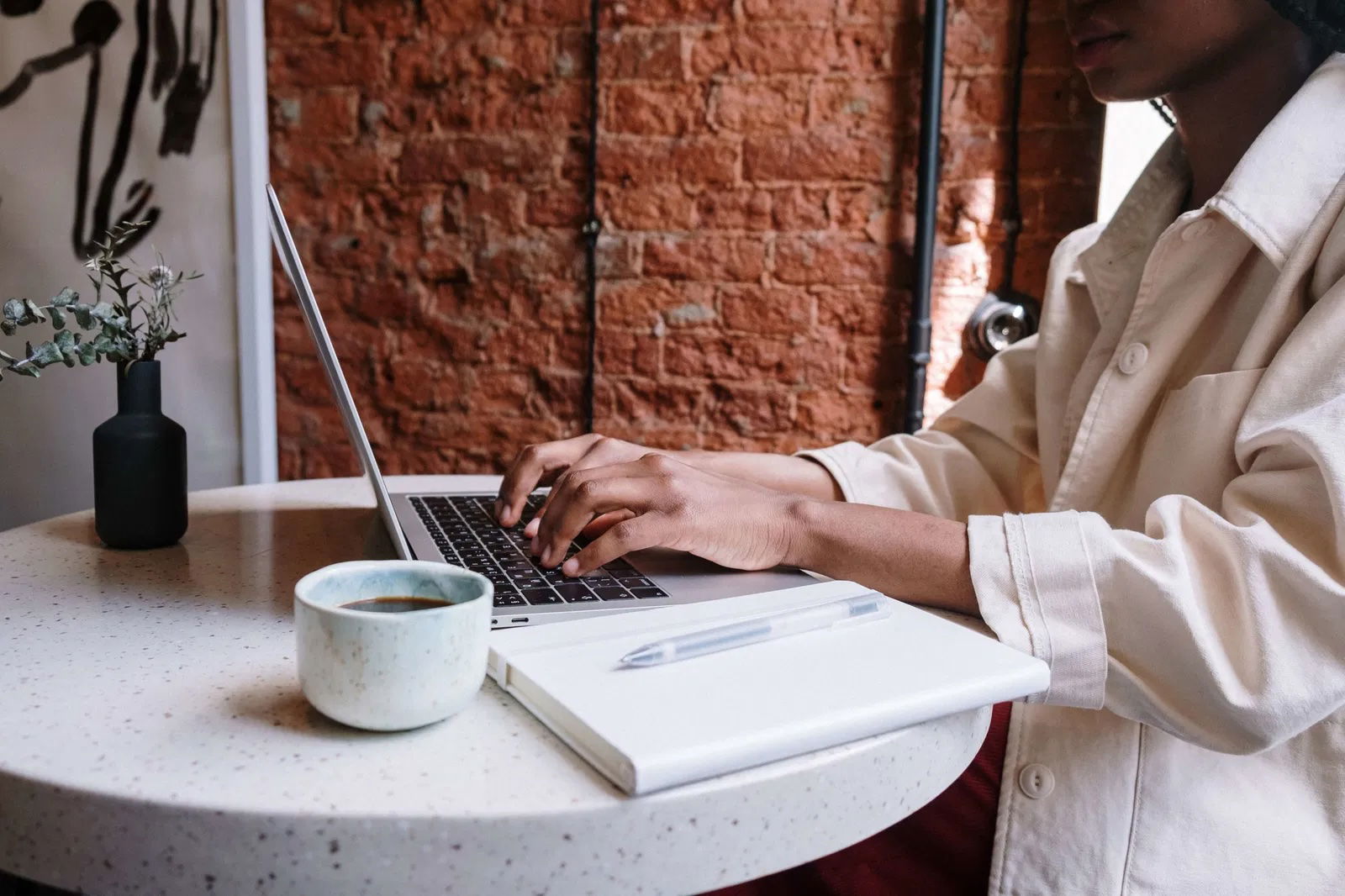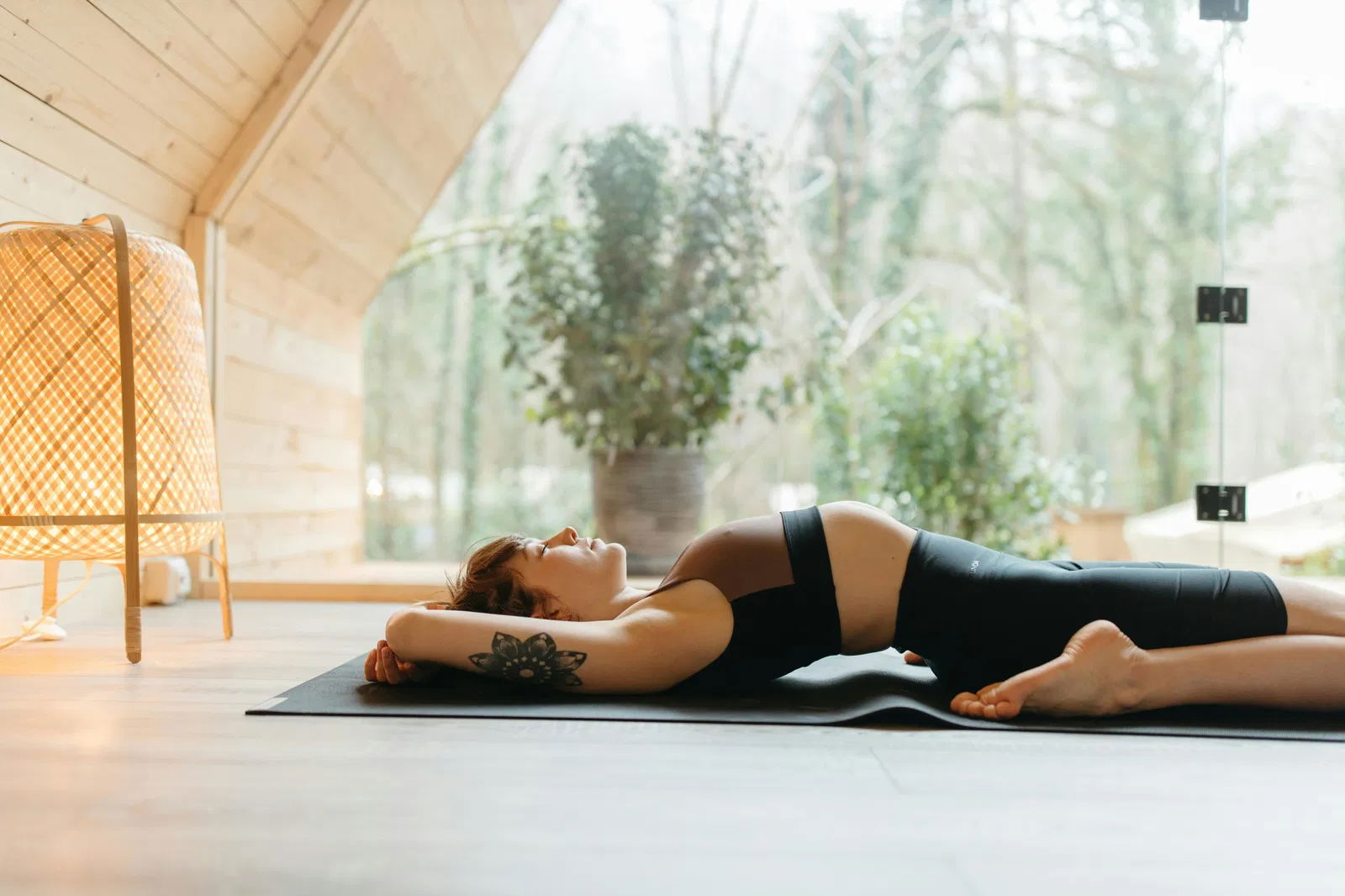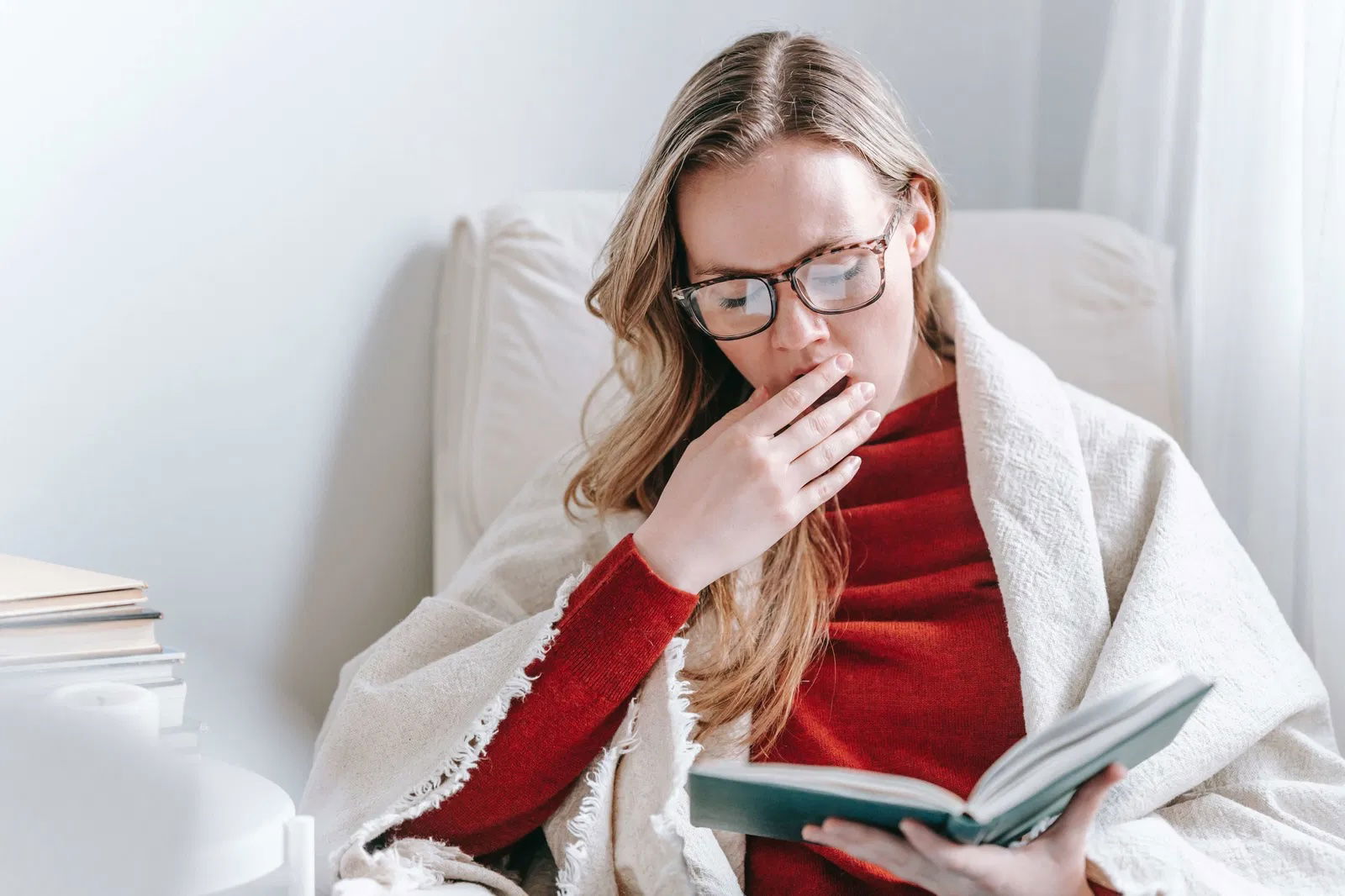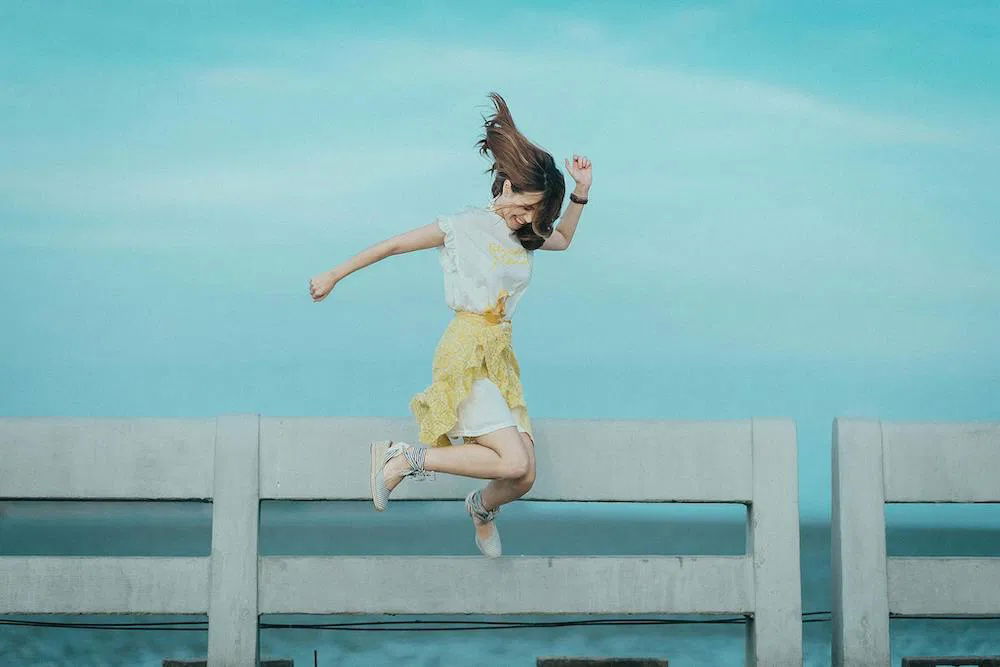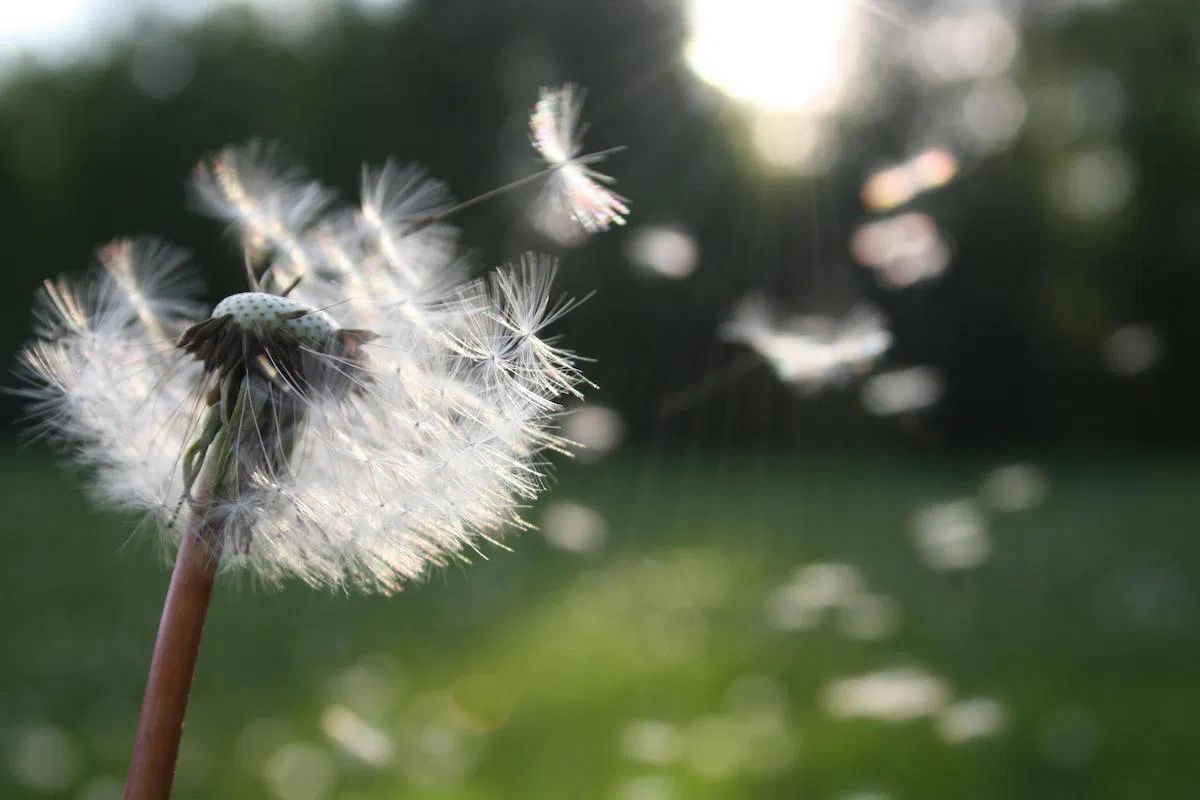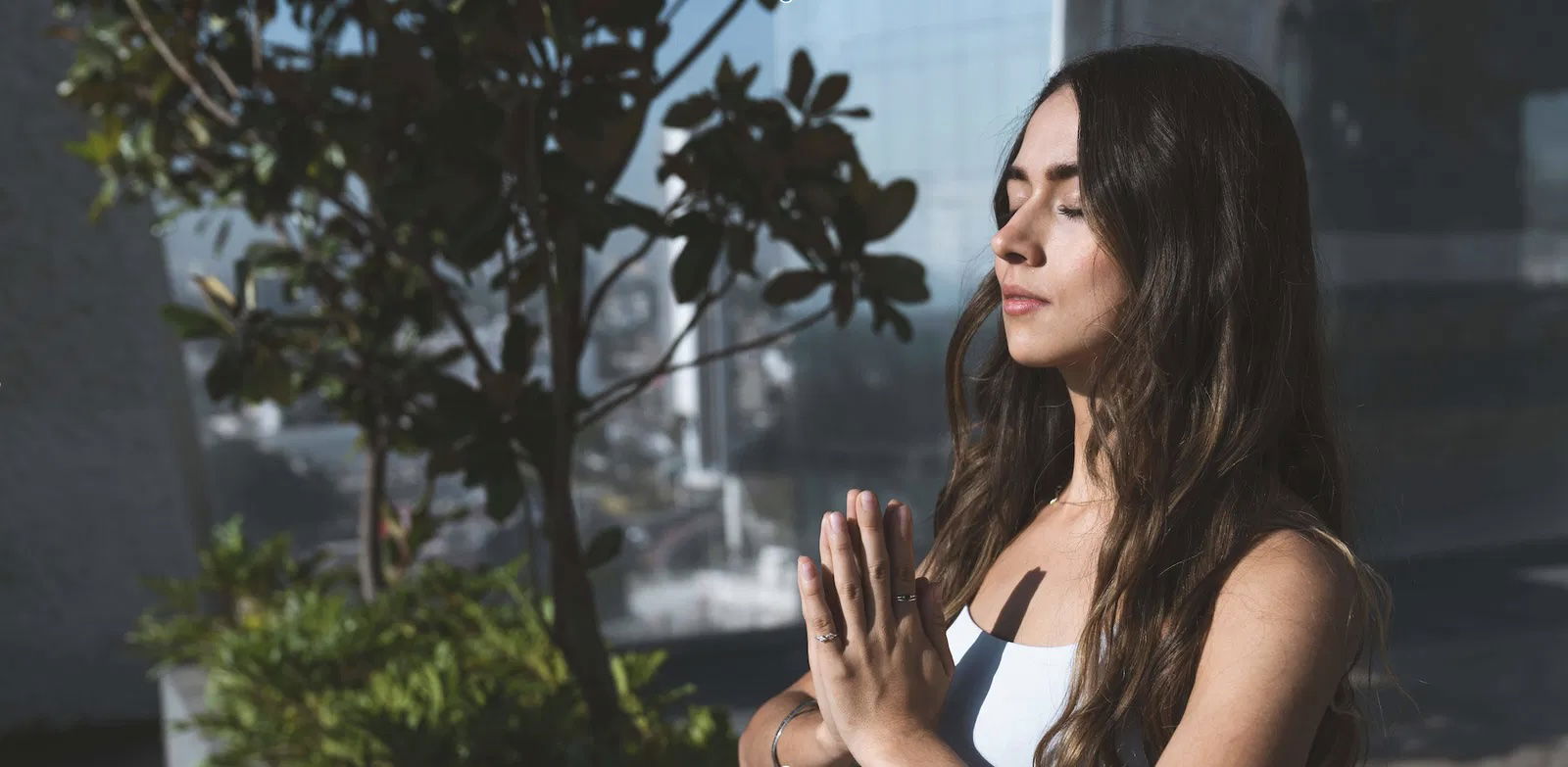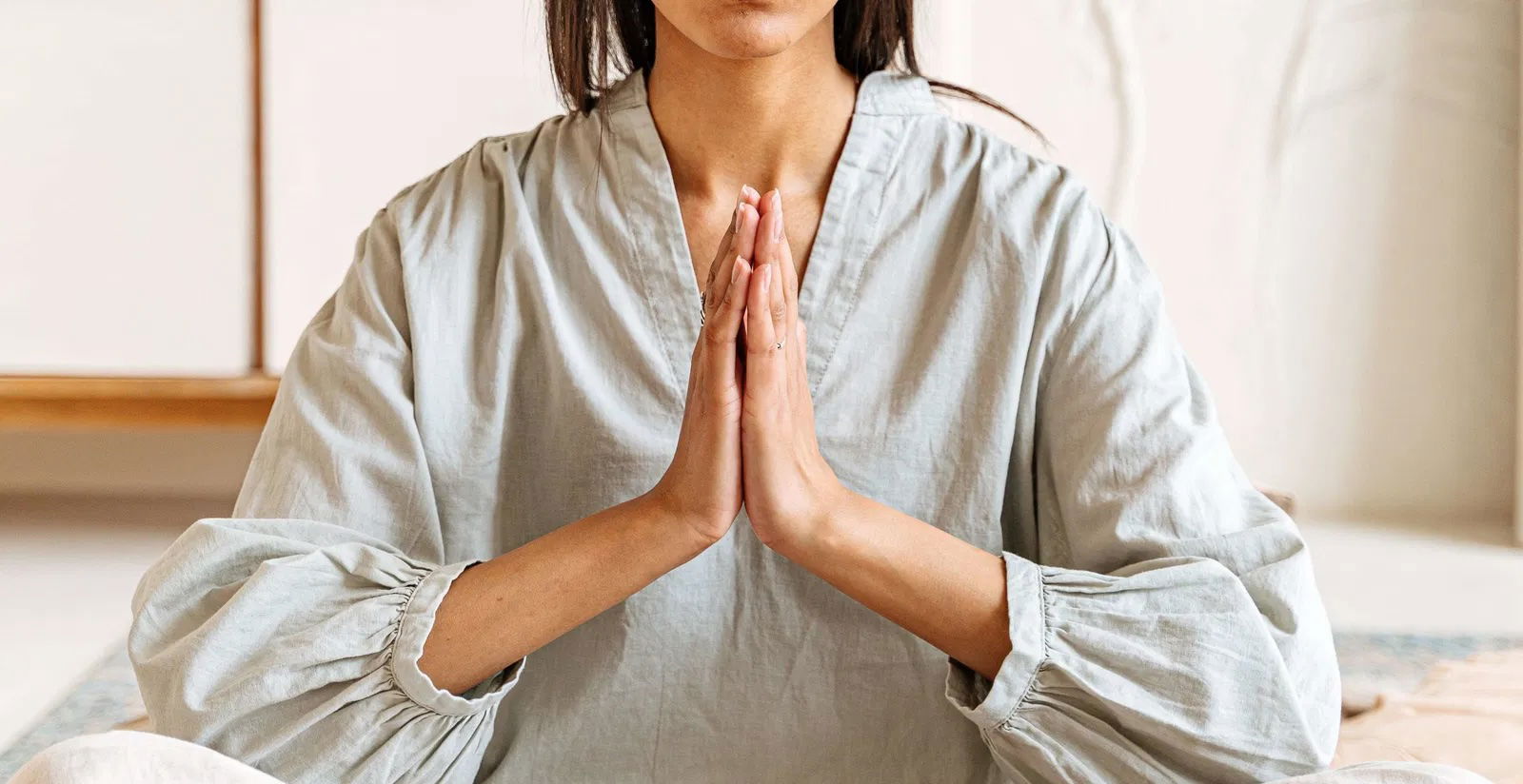Mindfulness for kids - A full head, restless body and poor concentration. Quite a lot is asked of children and they have to process a lot of information on a daily basis. With mindfulness, they learn to press pause and be in the now with their attention.
Mindfulness for kids - 4 effective mindfulness exercises for kids
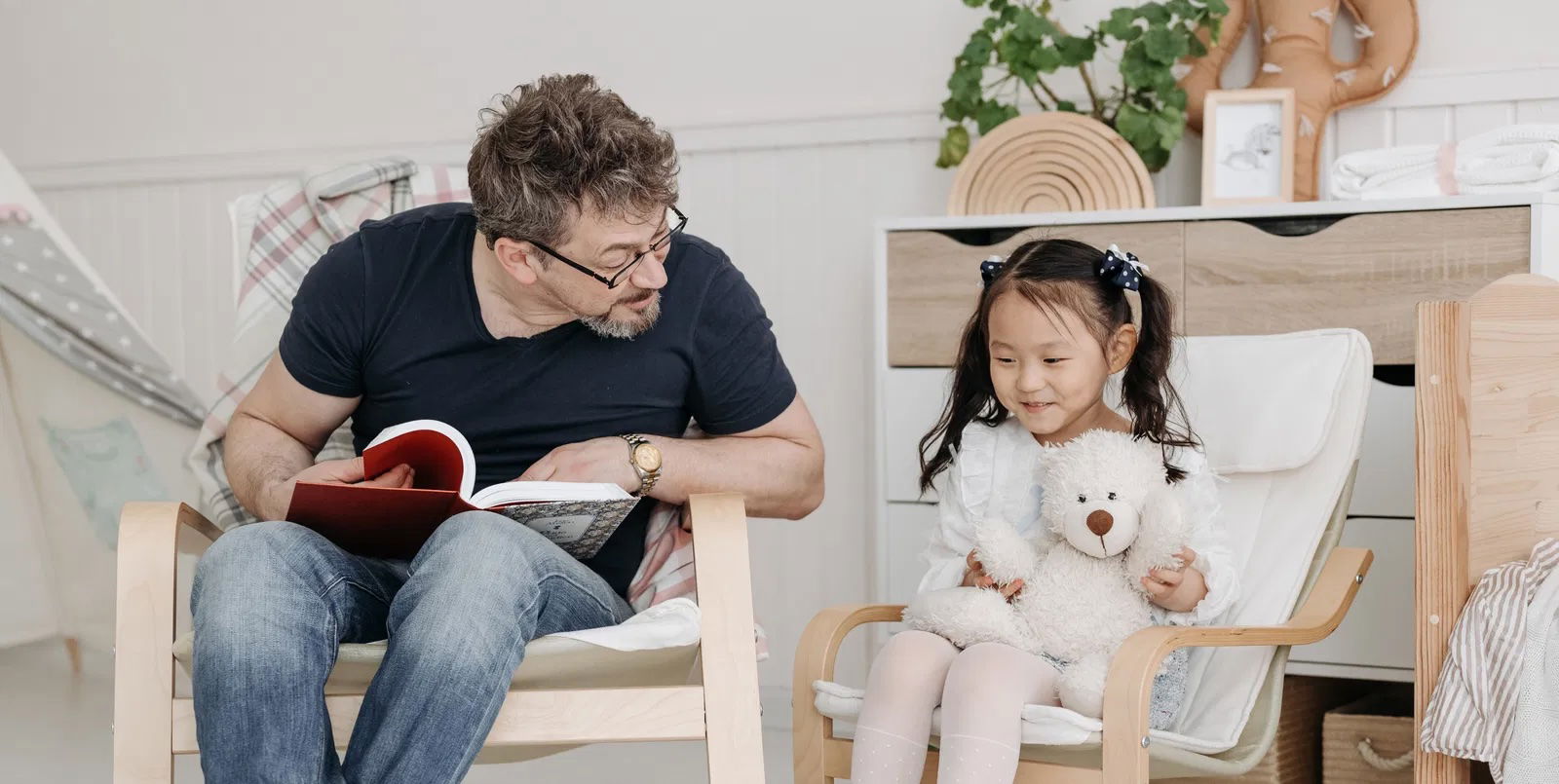
What is mindfulness?
Mindfulness means living with attention in the "now," that is, paying attention to this moment. You are not thinking about the past, you are not sitting with your mind on the future, but you are focusing your attention specifically on what you are doing right now. When you work, you work. When you eat, you eat with full attention. When you are in line at the supermarket, you are there, fully and consciously.
Using all your senses to experience the now is still quite difficult. It's a matter of practice. But the more often you do it, the faster and longer you can be mindful. This allows you to enjoy the now more, become calmer in your head and feel better what you need. And the same goes for children.
The effects of mindfulness for children
When children learn more about meditation and mindfulness at an early age, it also affects the rest of their lives. They learn how to deal with certain situations, start to enjoy the now more and become more aware of their feelings and reactions.
Increase attention
With mindfulness you try to be in the now without judgments. Thus, attention is focused on one thing. This teaches children to focus and increase their attention.
Greater self-awareness
With mindfulness, attention is brought to the now, including the inner world. Children become aware of their bodies, emotions and feelings.
More relaxation
With mindfulness, children can experience more and more peace and are less concerned with the past or the future.
Mindfulness exercises for children
Mindfulness will never change a situation, but it helps children how to deal with certain situations. These 4 mindfulness exercises are suitable for children.
1. Bodyscan meditation
Meditation is a form of mindfulness and especially a way to relax wonderfully. A body scan exercise brings attention specifically to the body and helps to start feeling very consciously.
Have your child lie or sit comfortably, soft and comfortable and with eyes closed. The arms may hang relaxed along the body or rest on the lap. Include your child in the exercise.
Focus attention on all parts of the body. Start at the toes. How do they feel? Are they warm or cold? Do they perhaps itch a little? Then move to the lower legs, upper legs, buttocks and back until you finally get to the head. When you have had the whole body, your child may slowly move again and open their eyes.
2. Breathe like a balloon
Simply focusing on breathing can do a lot. When you teach children how to focus on breathing, you give them a fine tool they can use for the rest of their lives.
Have your child sit in a comfortable position, with the back straight, feet on the floor. Place the hands on the belly. And think of the breath as a balloon growing big and small. Inhale for 5 seconds, hold for 2 seconds and exhale for 5 seconds.
With very small children, you can have them hold a stuffed toy on their belly and focus their attention on the toy going back and forth with each breath. This way they learn to focus and breathe better through their belly. Very nice to do this for a few minutes every night.
3. Gratitude
Gratitude is a very powerful tool. It puts you in a positive state and leads to magic. Being more grateful makes you enjoy the little things better ánd it counteracts negative emotions.
For children, the concept of gratitude may not yet be clear, but they can benefit from it just as much as adults. For example, conduct a gratitude ritual together every night before bed to end the day on a happy note.
Have your child recount 5 nice things from that day. This could be a yummy cookie or a nice afternoon's play. This way you "train" your child to be very conscious of these nice moments.
Another fun exercise is to make a vision board or "fun things board. On a rainy Sunday afternoon, grab a stack of magazines, a large sheet of paper, glue and scissors from the closet. Have your child cut out all kinds of pretty pictures, attach pictures or write things on them. This board can also be part of the gratitude exercise.
4. Using senses
We have 5 senses: smell, hear, taste, see and feel. Yet we don't often use them very consciously. During this exercise you let your child become aware of these senses and thus of the outside world.
Especially during walks, this is a fun exercise. Are you taking your child to the woods or park? Then stand still and let your child listen. Listen to all the sounds in the forest. Birds whistling, the wind, maybe voices of other people or cars in the background.
Next, turn to smelling. What do you smell? Sweet leaves? Rainy smell? Dog droppings?
And what do you see?
Mindfulness for kids: meditations
With the exercises above, kids learn to enjoy the moment a little more. The guided children's meditations from the Meditation Moments app help them experience even more peace and joy in their lives.
Try the Meditation Moments app 7 days for free and try the children's meditation the Magic Mirror in the Kids category .

Mindfulness teaches kids how to better handle certain situations. Examples of mindfulness exercises for children include: body scan meditation, breathing like a balloon, gratitude and using senses.

The guided children's meditations from the Meditation Moments app help children experience peace and joy. Try the children's meditation The Magic Mirror in the Kids category .
Written by:



